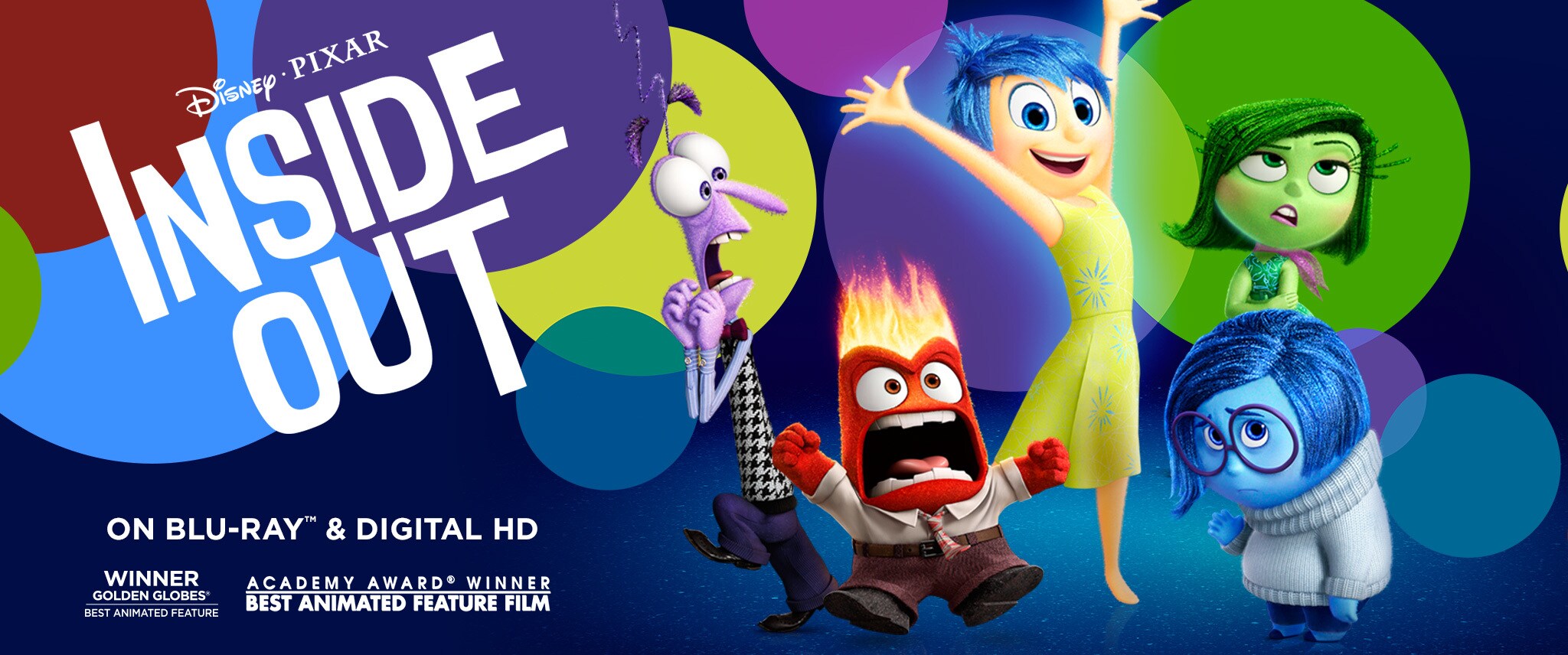
Externally, Riley is slipping fast, withdrawing from her solicitous and caring parents, rebelling against her new surroundings, becoming sullen and, for the first time in her life, is genuinely depressed, all of which leads her to plot running away from home. Burroughs and his friends (although if there is a sequel, it might have to deal with the effect of mind-altering substances on the brain).Īs it is, Joy and Sadness take a trip down the rabbit hole of Riley’s fraying psyche, which leads into very foreign and internalized territory as far as mainstream animation is concerned.

If this were a different kind of film, you could easily imagine you were headed in the direction of William S. presidents), and there is a literal train of thought. It all flashes by very quickly, but at night control passes over to the long-term memory bank (which is hilariously seen at one point being divested of such content as piano lessons and the names of U.S. Joy has always held sway in Riley’s heretofore happy life but now, faced with a depressing new home, an unfamiliar school, no friends and the loss of her old hockey team, Sadness, with assists from the others, is definitely ascendant.
#Inside out movie summary tv
The mind, as we know, is a hectic place with all sorts of things bouncing around in it, and Docter and his team have visualized it in very antiseptic, almost ‘ 60s TV Star Trek fashion, as a room centered around a control panel and lined with shelves and tubes where memories and thoughts are stored. Read more John Lasseter Calls ‘Inside Out’ Cast “One of The Most Talented” in Pixar History It’s a highly combustible place, a control room staffed by the buoyant, blue-haired Joy red, top-blowing Anger purplish, equivocating Fear green, eye-rolling Disgust and squat, all-blue Sadness. Reliably big summer grosses appear in store.Īlthough the outward physical story of the script by Docter, Meg LeFauve and Josh Cooley traces the difficult adjustment suffered by tomboyish 11-year-old hockey player Riley when she’s uprooted by her parents from an idyllic Minnesota life to an unfriendly San Francisco, the real setting is inside the girl’s head.


But this adventurous outing manages the great Pixar trick of operating on two levels - captivating fun for kids, disarming smarts for adults - that sets the studio apart. Up) serves up some abstractions and flights of deconstructive fancy that will most likely go over the heads of viewers with ages in the single digits. This latest conceptually out-there creation from Pete Docter ( Monsters, Inc. A ‘60s avant-garde head trip repackaged as a big slice of mainstream entertainment, Inside Out could easily have been titled Childhood’s End, as it ingeniously personifies the furiously erupting sensations associated with the onset of adolescence as a bunch of emotionally competitive cartoon characters.


 0 kommentar(er)
0 kommentar(er)
